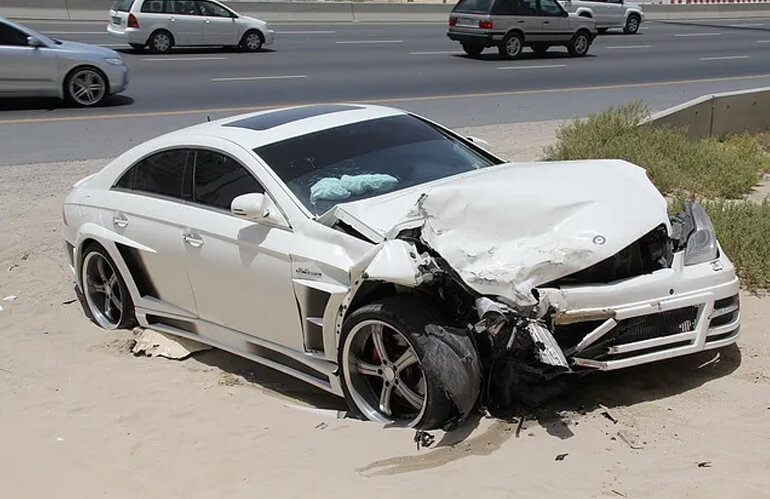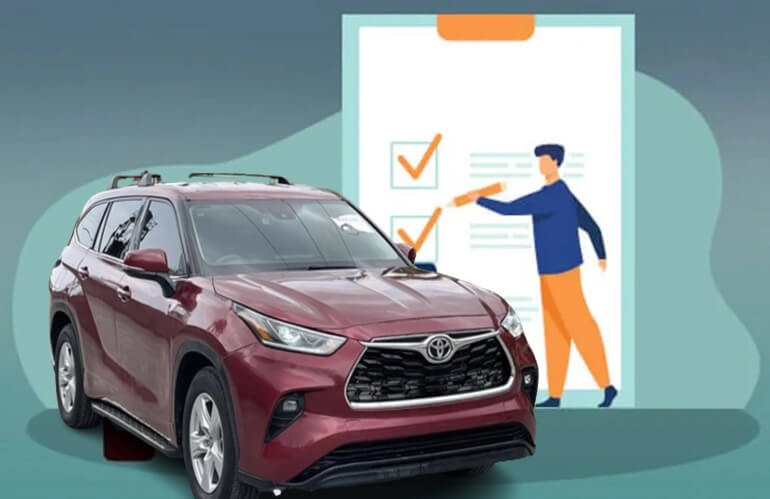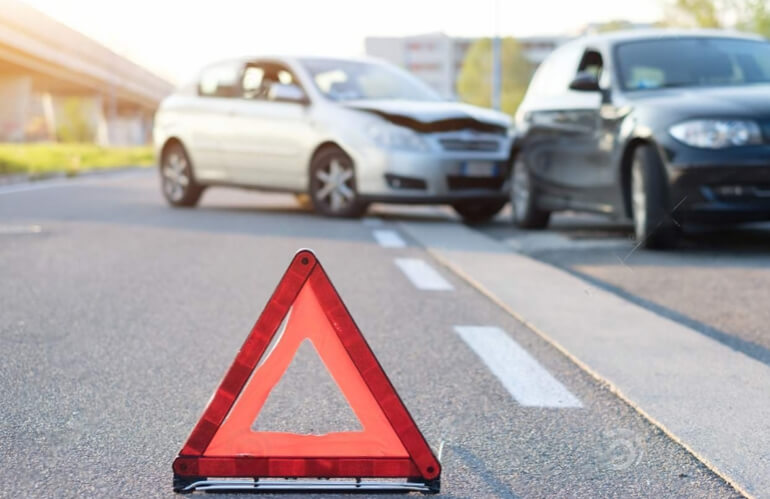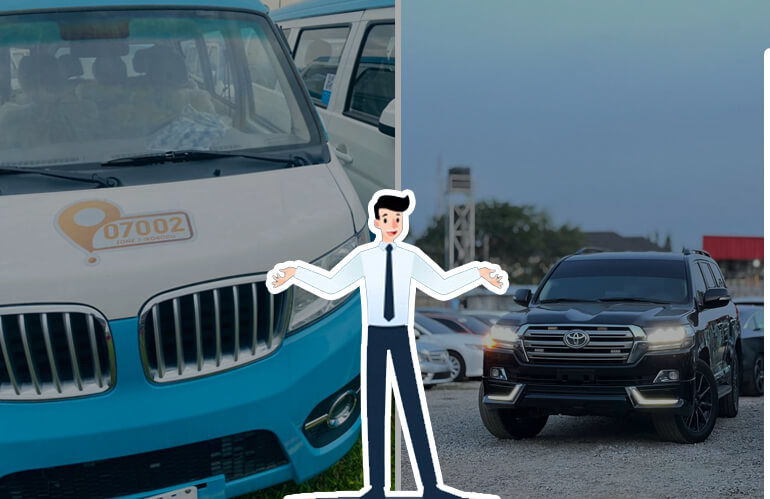Car insurance is a contract between a car owner and their insurance provider that protects car owners against financial loss in case of any unforeseen circumstances with the car. These circumstances can include car accidents, fire, vandalism, emergency breakdown, or car theft.
Table of Contents
One of the primary costs associated with car insurance is the premium. Premiums are paid either monthly, biannually, or annually to preserve a car’s insurance policy. In Nigeria, car insurance premium mainly covers vehicle damages—including drivers’ cars and other vehicles involved (depending on the type of insurance), property damage, bodily injuries, medical bills, or death & funeral expenses.
Buy top trending Car accessories in Lagos and Original Korea Battery now Check @carfanzy Lagos on Instagram
However, the cost of insurance premiums in Nigeria could increase or decrease depending on certain factors. Some of the common causes of increases or decreases in insurance premiums in Nigeria could be car accidents, change of location, or even including a family member in the car insurance policy.
There are still many other factors that could cause your insurance premium to rise or reduce in Nigeria, and in this article, we’ve presented you with 16 factors that affect Insurance premiums in Nigeria.
16 Factors That Affects Vehicle Insurance Premium in Nigeria
Have you ever wondered why your vehicle insurance premium increases or decreases? We have listed the top factors that could affect the amount you pay for your vehicle insurance monthly, yearly, or bi-annually.
These factors include:
1. Age of Car Owner
The age of a car owner is an important factor insurance companies consider to measure their experience and accident risk level. For instance, that’s why a teenager could pay higher for the same insurance premium compared to an older driver of about 30-45 years.
Insurance providers believe younger car owners are more reckless and have higher accident risks. However, as teenage drivers gain more experience and reach the age of 25-30, their insurance cost reduces.
2. Gender of Car Owner
Interestingly, gender plays a role in the cost of insurance premiums. Most insurance companies believe that young men, for instance, are at higher risk of damaging their cars due to accidents than young women. The percentage of young women who pay for car insurance is lower compared to their male counterparts.
3. Car Owner’s Driving History
Most insurance companies go as far as checking police and FRSC records to find out if a particular driver has been arrested for poor driving records in the past. With that history, they use it to determine the insurance risk involved with the particular driver.
If there have been past records of traffic violations and breaking rules that have led to car seizure or vandalism, their insurance premium could be increased.
4. Car Model & Year of Production
Insurance companies consider the model and production year of your vehicle before giving a rate. They look at the engine size, theft rates, vehicle cost, size, and type are factors they’ll consider when providing insurance rates based on vehicle model and production year.
For instance, cars with big engines often have higher speeds than smaller engines. Since drivers driving at higher speeds are more prone to accidents, insurance companies could charge more for cars with greater horsepower. In addition, expensive and high-end cars are costlier to repair and replace, so owners pay higher insurance premiums.
5. Car Owner’s Marital Status
The marital status of a driver determines how much they will pay for insurance. Why? Insurance companies believe married car owners are financially stable compared to single ones. As such, married car owners will pay less compared to the amount a single car owner may be asked to pay.
6. Vehicle Yearly Mileage
The yearly mileage of your car will determine the cost of your car’s insurance. Why? Because drivers whose cars are mostly on the road are more likely to get involved in accidents. Insurance providers determine this by checking the car mileage, which they then use to provide a quote for the driver. Also, low yearly mileage reduces the cost of insurance.
7. Insurance History
If you’ve had vehicle insurance before cancelling it and going to another insurance company, the company will look into your past insurance records. They look at the previous claims you’ve had to determine how often you’ve applied for claims. They review this to determine your insurance rate.
8. Car Insurance Claims History
Your car insurance claim history states how often a car owner makes claims. Insurance providers use this information to determine the cost of a driver’s insurance. Why? Drivers with an increased history of insurance claims are likely to make insurance claims in the future. Therefore, insurers consider car insurance claim history to see if your insurance claims will increase over time and how much.
9. Coverage Level of Car Insurance
The extent of your chosen car insurance coverage determines the insurance premium you’ll pay. The more coverage added to your vehicle insurance, the more expensive the insurance rates. There are three main types of car insurance coverage: Comprehensive, Third party, Third party, fire, and theft car insurance.
Third-party insurance has the least premium, while comprehensive car insurance has the highest premium. Why? Because they are prone to making more claims than the third-party insured. Also, learn more about comprehensive car insurance and third-party car insurance in Nigeria.
10. Type of Vehicle Ownership (Leased, owned, or Financed)
Auto insurance for drivers with financed vehicles, A.K.A high-purchased vehicles, requires them to maintain a minimal amount of car insurance. This may include liability coverage only, covering bodily injury or property damage drivers cause to other people in an accident. In addition, financed drivers may need additional insurance coverage to protect their lenders’ investments. Leased car insurance is often stricter than insurance for financed cars. For example, drivers with leased vehicles must include comprehensive and collision insurance in their policies.
11. Insurance Company Policies
Each insurance company has its own company policies. There are no fixed rates in insurance. Instead, insurers charge based on company regulations, concerns, and other factors about the driver and vehicle type. Since insurance company policies largely influence insurance costs, a driver may pay expensive or affordable insurance premiums depending on the insurance company they choose.
Wondering some of the best insurance companies in Nigeria? Here are some of the top insurance companies in Nigeria and their coverage for different types of car insurance.
12. Car Insurance Discount Options
Car insurance discount options are based on the car owner’s location and the insurance company. Drivers with clean driving records or drivers with anti-theft devices installed in their vehicles often qualify for car insurance discount options. Good driver discounts, low mileage discounts, and anti-theft device discounts are examples of car insurance discount options.
14. Car Owner’s Location
Insurance providers consider the car owner’s location when determining insurance premiums. Insurance companies review postal codes to identify the level of claims, accidents, and car theft events in drivers’ locations. For example, vehicle owners living in cities pay more insurance premiums than those who live in small towns.
15. Driver Experience Level
Insurance providers check the experience level of a driver before deciding on what their insurance premium will be. That’s to say; competent drivers will get a lower insurance premium compared to drivers still mastering the art of driving.
16. Car Owner’s Occupation
Insurance companies look into the occupation of a driver before determining their insurance premium. Car owners with low-risk occupations get a lower discount rate compared to car owners whose jobs are high-risk.
For instance, salaried drivers who have held on to a job for a certain number of years are considered low-risk by insurance companies. However, entrepreneurs or those who are self-employed and are still building their income strengths are considered high-risk by insurance companies.
Conclusion
There are so many factors that affect insurance premiums in Nigeria, and the above-listed factors are some of the top causes. When your car insurance increases or decreases, it could be as a result of any of these factors we’ve listed. In all, when choosing car insurance, make sure you’re choosing a policy that will benefit your needs. That’s basically the essence of getting vehicle insurance.
Have 1 million naira and above to Buy or Sell Cars In Nigeria? Check Carmart.ng RIght Now
All rights reserved. Reproduction, publication, broadcasting, rewriting, or redistribution of this material and other digital content on carmart.ng is strictly prohibited without prior express written permission from Carmart Nigeria - Contact: [email protected]
Stay informed and ahead of the New Car info! Follow The Carmart Blog on WhatsApp for real-time updates, Cheap Cars, and Latest new car content. Don't miss Any –
Join The Carmart Blog Channel







